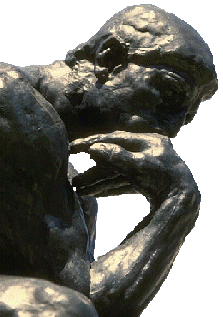ECO 115 Consumer Economics (3-0) 3 crs.
Introduces the concepts of personal financial
planning within the current economic environment.
Emphasizes topics such as basic macroeconomic theory,
obtaining credit, purchasing insurance, investment
alternatives, basic real estate finance and tax planning.
ECO 200 Introduction to Economics (3-0) 3 crs.
Covers descriptive rather than a quantitative
approach to the study of economics. Major topics cover
economic history, the elements of macroeconomics,
microeconomics and a comparative look at other economic
systems. Specifically designed for students in
career-vocational curricula.
IAI S3 900
ECO 211 Microeconomics (3-0) 3 crs.
Covers economic problems faced by the individual and
the firm. Examination of market structures, price and
output determination. The microeconomic approach.
IAI S3 902
Microeconomics is a study of the economic behavior of
individual units of an economy (such as a person,
household, firm, or industry) and not of the aggregate
economy (which is the domain of macroeconomics).
Microeconomics is primarily concerned with the factors
that affect individual economic choices, the effect of
changes in these factors on the individual decision
makers, how their choices are coordinated by markets, and
how prices and demand are determined in individual
markets. The main subjects covered under microeconomics
include theory of demand, theory of the firm, and demand
for labor and other factors of production.
ECO 212 Macroeconomics (3-0) 3 crs.
Covers economic problems faced by our society.
Examination of resource allocation, national income and
economic development, from a macroeconomic approach.
IAI S3 901
Macroeconomics is a study of the behavior of the whole
(aggregate) economies or economic systems instead of the
behavior of individuals, individual firms, or markets
(which is the domain of Microeconomics). Macroeconomics
is concerned primarily with the forecasting of national
income, through the analysis of major economic factors
that show predictable patterns and trends, and of their
influence on one another. These factors include level of
employment/unemployment, gross national product (GNP),
balance of payments position, and prices (deflation or
inflation). Macroeconomics also covers role of fiscal and
monetary policies, economic growth, and determination of
consumption and investment levels.
ECO 210 Money and Banking (3-0) 3 crs.
Stresses the practical aspects of money and banking, and
emphasizes the basic monetary theory needed by the
banking student to apply his knowledge to his particular
job. Historical treatment has been kept to a minimum.
Emphasis is placed on such problems as economic
stabilization, types of spending, the role of gold,
limitations of central bank control, governmental fiscal
policy, balance of payments and foreign exchange, showing
their repercussions on the banking industry in affective
yield curves and the structuring of portfolios.
